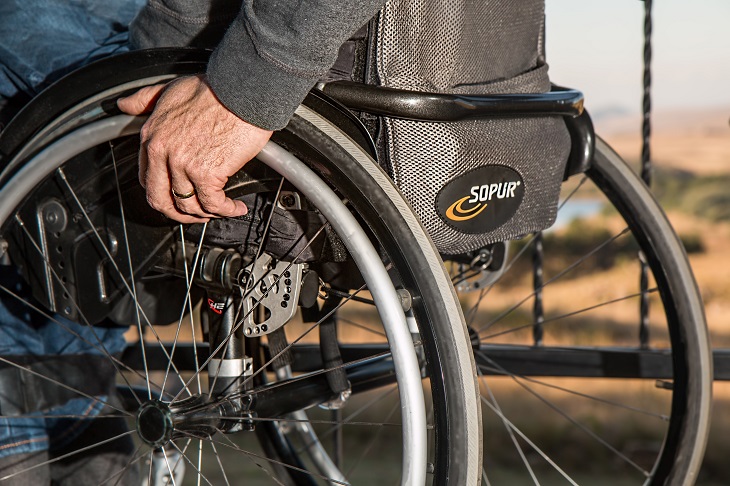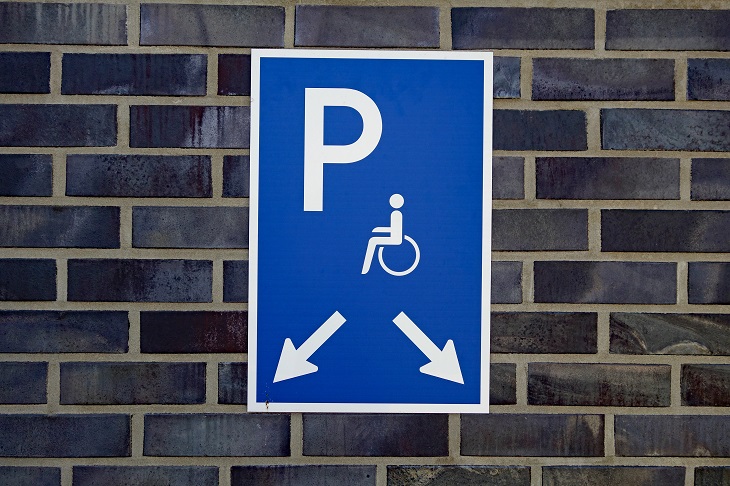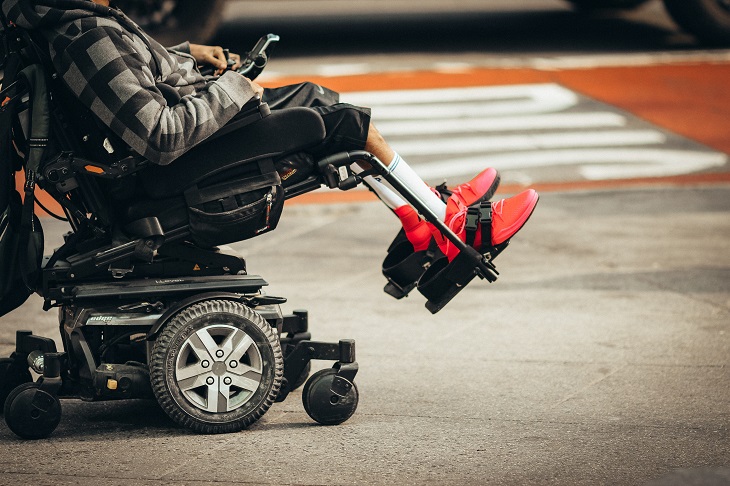Handicap parking permits are vital for individuals with disabilities or mobility issues as this type of permit ensures they have convenient access to essential services and facilities. Research on handicap parking permit qualifications in Texas is the first step for those who may have a need for them. In this comprehensive guide, we hope to clarify the eligibility criteria, requirements, and application procedures for obtaining a handicapped parking permit in the Lone Star State.
Handicap Parking Permit Qualifications in Texas
Eligibility Criteria
To qualify for a handicapped parking permit in Texas, individuals must meet specific criteria. Firstly, residency in the state is typically required. Additionally, applicants must have mobility impairments that substantially limit their ability to walk. Texas distinguishes between temporary and permanent disabilities, with different criteria applying to each category.
Texas Handicap Parking Permit Requirements
Obtaining a handicapped parking permit in Texas involves providing certain documentation and undergoing a medical evaluation. Required documents may include proof of identity, residency, and medical certification of the disability. The medical evaluation process entails assessment by a licensed medical practitioner, who determines the applicant’s eligibility based on their condition and functional limitations.
Qualifying Conditions for Handicap Parking Permits in Texas
In Texas, several medical conditions may qualify individuals for a handicapped parking permit. These conditions encompass a wide range of disabilities and mobility impairments, ensuring that those who genuinely require accessible parking spaces can obtain the necessary permits. Some of the qualifying conditions include:
- Visual Impairments: Individuals with visual acuity of 20/200 or less in the better eye with correcting lenses may be eligible for a handicap parking permit. Additionally, those with visual acuity of more than 20/200 but with a limited field of vision in which the widest diameter of the visual field subtends an angle of 20 degrees or less may also qualify.
- Mobility Problems: Individuals with mobility problems that substantially impair their ability to move around may qualify for a handicapped parking permit. These mobility issues can be caused by various medical conditions, including:
- Paralysis
- Lung disease
- Cardiac deficiency
- Wheelchair confinement
- Arthritis
- Foot disorders
- Other medical conditions that require the use of a brace, cane, crutch, or other assistive device.
The presence of these conditions significantly impacts an individual’s ability to walk or navigate public spaces independently. Therefore, providing accessible parking options through handicapped parking permits is crucial for ensuring equal access and mobility for individuals with disabilities.
By recognizing these diverse qualifying conditions, Texas’s handicap parking permit program aims to accommodate individuals with a wide range of disabilities and mobility limitations. Whether the impairment is related to vision, mobility, or other medical conditions, the goal is to provide accessible parking solutions that enhance independence and quality of life for Texans with disabilities.
Understanding Eligibility Standards
A detailed understanding of Texas’s handicap parking permit eligibility standards is essential for applicants. By comparing these standards with federal guidelines, individuals can ensure they meet the necessary criteria. Addressing common misconceptions about eligibility can also help applicants navigate the qualification process more effectively.

How to Qualify for a Handicap Parking Permit in Texas
Navigating the application process for a handicapped parking permit in Texas involves several steps. A step-by-step guide can help applicants understand what is required at each stage, from gathering documentation to completing the application form. Individuals can use our Dr. Handicap online services, allowing them to apply for permits from the comfort of their homes. Additionally, the option of refundable fees provides financial flexibility for applicants.
Texas Handicap Placard Options
In Texas, the Department of Motor Vehicles (DMV) offers various handicap placard options to accommodate the diverse needs of individuals with disabilities. These options include both temporary and permanent placards, as well as handicap license plates, providing flexibility and convenience for permit holders.
Temporary Placards
Temporary handicap placards are issued to individuals with short-term mobility impairments or disabilities. These placards are typically valid for a specified period, ranging from a few months to a year, depending on the individual’s medical condition and prognosis. Temporary placards are ideal for individuals recovering from surgery, injury, or medical treatment that temporarily affects their ability to walk or move around.
Permanent Placards
Permanent handicap placards are issued to individuals with long-term or permanent disabilities that significantly impair their mobility. These placards are valid for an extended duration and may require periodic renewal to ensure continued eligibility. Permanent placards provide essential accessibility benefits for individuals with chronic conditions, ensuring they have convenient access to parking spaces designated for people with disabilities.
Handicap License Plates
In addition to placards, Texas also offers handicap license plates for individuals with permanent disabilities. Handicap license plates are affixed to the vehicle’s rear license plate and serve as a visible indicator of the driver’s eligibility for accessible parking spaces. Like permanent placards, handicap license plates offer long-term accessibility benefits and may require periodic renewal to maintain eligibility.
Featured Image by Jakub Pabis on Pexels.







